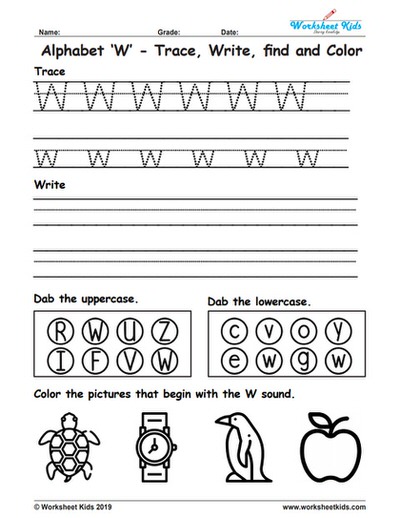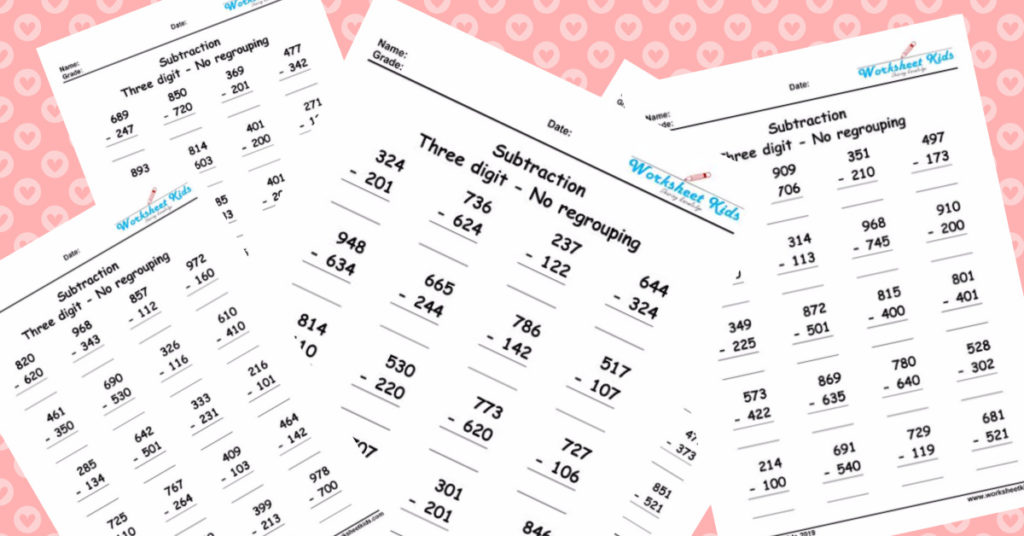When it comes to teaching geometry, one of the foundational topics students encounter is classifying angles. Angles are a crucial component of geometry, and understanding how to classify them is essential for student’s overall comprehension of the subject. Here, we will explore various aspects of creating and using a classifying angles worksheet, which will help students identify, classify, and name different types of angles.
Importance of Classifying Angles in Geometry
Understanding and classifying angles is a fundamental skill in geometry. This knowledge helps students identify shapes, solve geometric problems, and understand the properties of different figures. By using a classify angles worksheet, students can practice and master these skills, building a strong foundation for more advanced mathematical concepts.
Types of Angles
Before delving into the worksheets, it is important to review the types of angles need to learn. There are several kinds of angles, each with distinct properties:
- Acute Angles: Angles less than 90 degrees.
- Right Angles: Angles exactly 90 degrees.
- Obtuse Angles: Angles greater than 90 degrees but less than 180 degrees.
- Straight Angles: Angles exactly 180 degrees.
- Reflex Angles: Angles greater than 180 degrees.

Components of a Classifying Angles Worksheet
A well-designed classifying angles worksheet should include several key components to ensure comprehensive learning:
- Definitions and Examples: Each type of angle should be clearly defined with visual examples.
- Identification Exercises: Students should practice identifying various angles in different geometric shapes.
- Classification Tasks: Worksheets should include tasks where students classify angles as acute, right, obtuse, straight, or reflex.
- Naming Angles: Exercises should also involve naming angles based on their measure.
- Application Problems: Real-world problems where students apply their knowledge to classify angles.
Naming and Classifying Angles Worksheet PDF
A naming and classifying angles worksheet pdf combines the tasks of identifying and naming angles, providing a thorough practice tool to kids in all grades. This type of worksheet helps students not only recognize different angles but also learn the proper terminology and notation used in geometry.
Interactive Angles Activity Sheet
An angles activity sheet is an excellent tool for interactive learning. Activities can include matching games, angle hunts, and hands-on construction tasks where to use protractors to measure and classify angles. These engaging activities can make learning about angles more enjoyable and memorable.
Using Geometry Classifying Angles Worksheets in the Classroom
Incorporating geometry classifying angles worksheets into your lesson plans can significantly enhance understanding. Here are some tips for effective usage:
- Start with the Basics: Begin with simple definitions and examples to ensure all students understand the basic types of angles.
- Gradual Progression: Move from identification tasks to more complex classification and naming exercises.
- Frequent Practice: Regular practice using various worksheets can help reinforce the concepts.
- Interactive Sessions: Use interactive worksheets and activities to keep kids engaged and motivated.
- Assessment: Use worksheets as assessment tools to gauge students’ understanding and identify areas that need further clarification.

Identifying Angles Worksheet
An identifying angles worksheet focuses on helping students recognize different types of angles in various contexts. This type of worksheet is essential for building the foundational skill of angle identification, which is critical for more advanced geometry topics.
Identifying Types of Angles
A worksheet on identifying angles should provide ample practice in distinguishing between acute, right, obtuse, straight, and reflex angles. By regularly using an identifying type of angles worksheet, students can become proficient in recognizing and classifying angles quickly and accurately.
Types of Angles Worksheet PDF for Different Grade Levels
Worksheets should be tailored to the student’s grade level. For instance, 4th grade angles worksheets will differ from those designed for higher grade levels. A type of angles worksheet pdf for younger students may focus more on basic identification and classification. In comparison, worksheets for older students can include more complex problems and real-world applications.
Acute, Obtuse, and Right Angles Worksheet
Specific worksheets, such as an acute, obtuse, and right angles worksheet, allow students to focus on these three common types of angles. By mastering the identification and classification of these angles, students can build a strong foundation for understanding more complex geometric concepts.
Incorporating a variety of classifying angles worksheets into your teaching toolkit can significantly enhance students’ understanding and proficiency in geometry. From identifying and naming angles to classifying and applying them in real-world contexts, these worksheets provide comprehensive practice that is essential for mastering geometry. By creating engaging and interactive worksheets, teachers can ensure that students not only learn about angles but also enjoy the process of discovering the fascinating world of geometry.















